Ultimate Coffee Tasting Notes Guide: Expert Tips for Roasters and Coffee Lovers
You love coffee, but you’re confused by the fancy words on coffee bags. What do “floral notes” or “chocolate undertones” mean? You want to understand these terms to enjoy your brew more.
Coffee tasting notes are like a guide to flavour. They help you spot tastes in your cup. Our coffee tasting notes guide will teach you to identify hints of fruit, nuts, or spices in your coffee.
You’ll soon sip like a pro. Are you ready to discover the flavours in your mug?
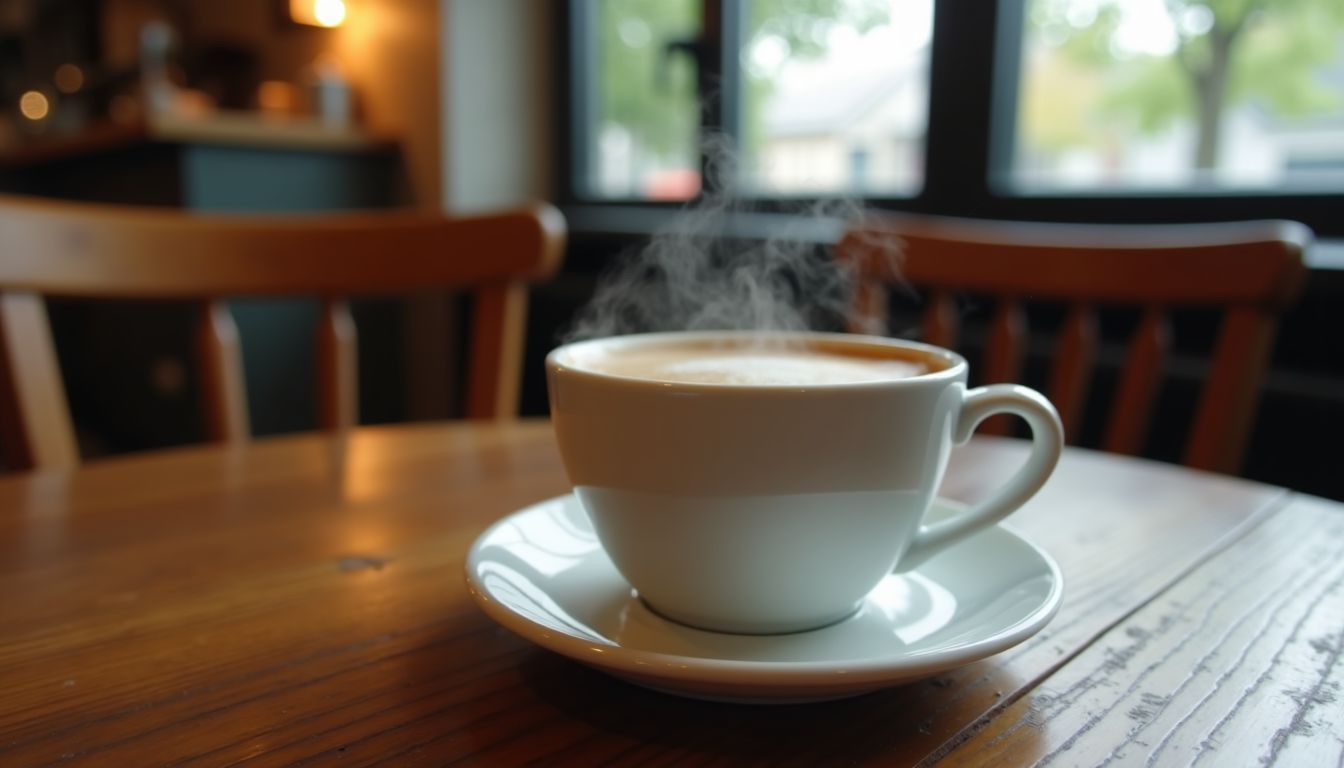
What Are Coffee Tasting Notes?
Coffee tasting notes are the unique flavours you spot in your brew. They help you grasp the taste of different coffees and pick your favourites.
Definition of Tasting Notes
Tasting notes describe the unique flavours in coffee beans. They’re not added flavours, but natural elements that make each coffee special. You’ll find these notes on coffee bags to help you choose.
They give you a hint of what to expect when you sip. For example, you might see words like “fruity” or “chocolatey” on the label. These come from real tasting sessions where experts try hundreds of coffees daily.
Importance in Coffee Appreciation
Coffee tasting notes help you pick the perfect brew. They give you a sneak peek into a coffee’s flavour before you buy it. You’ll know if a coffee is fruity, nutty, or chocolatey. This knowledge lets you choose coffees that match your taste buds.
Tasting notes also make you a smarter coffee drinker. You’ll spot the subtle hints in each sip. It’s like a fun game for your tongue. You might find notes of apple or caramel you never noticed before.
This deeper understanding makes each cup more enjoyable. It turns a simple drink into an adventure for your senses.
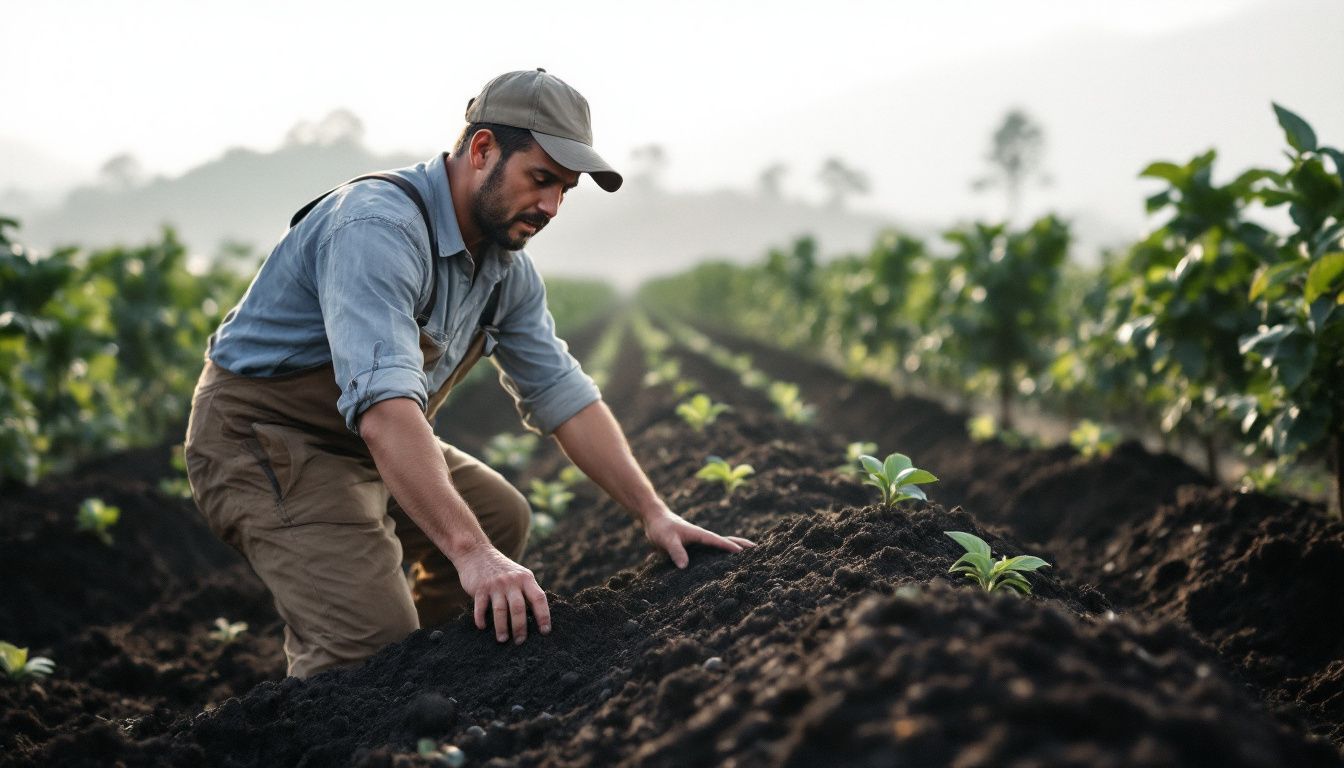
How Do Coffee Flavours Develop?
Coffee flavours start with the bean. Soil, climate, and growing methods shape the taste. Then, roasting and brewing bring out these hidden notes.
Factors Influencing Coffee Flavour
Coffee flavour stems from many sources. The plant variety and seed genetics play big roles. Soil, altitude, and humidity also shape taste. Over 1,000 chemical compounds create coffee’s complex flavours.
How you process the beans matters too. Natural processing keeps fruit pulp, giving fruity notes. Wet processing leads to cleaner tastes.
Roasting affects flavour greatly. Light roasts keep the bean’s original traits. Dark roasts bring out bold, roasty flavours. Your brewing method is key too. It changes how flavours extract from the grounds.
Each step, from farm to cup, impacts what you taste in your mug.
From Bean to Cup: The Flavour Journey
Your coffee’s taste starts at the farm. Beans grow in the “Coffee Belt” – a tropical zone around Earth. Small farms pick cherries by hand for top quality. Big farms use machines to strip all cherries at once.
Next, the cherries get processed. This step shapes flavour. Washing removes fruit flesh. Natural drying keeps fruit on. Honey processing sits in between. Then, roasting brings out flavours.
Light roasts keep fruity notes. Dark roasts add bold, smoky tastes. Your brew method pulls these flavours into your cup.
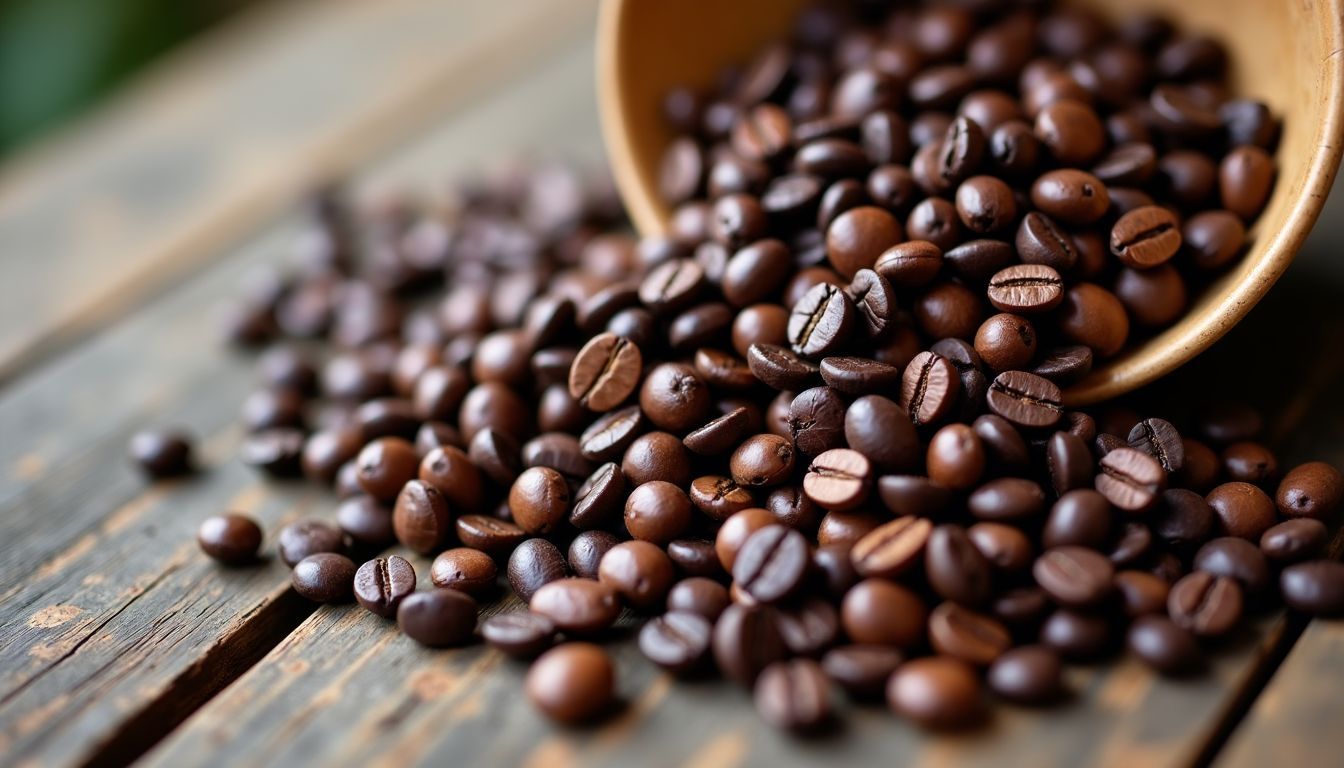
What Are the Main Flavour Categories in Coffee?
Coffee offers a wide range of tastes. You’ll find four main groups: fruity, nutty, floral, and earthy.
Fruity and Berry Notes
Fruity notes in coffee bring a burst of flavour to your cup. You’ll taste hints of dried fruit, tropical fruit, cherries, and berries. These flavours come from the coffee bean itself, not added extras.
Berries give coffee a bright, zesty kick. This happens naturally in many types of coffee.
Kenya produces some of the finest fruity coffees. Their beans often have a sharp, berry-like taste. This comes from the soil and climate where the plants grow. When you next sip a Kenyan coffee, try to spot these fruity notes.
It’s an enjoyable way to experience coffee’s natural flavours.
Nutty and Chocolatey Flavours
Nutty and chocolatey flavours are common in many coffees. You’ll often find these tastes in Brazilian beans. They’re low in acid and have sweet, nutty notes. Espresso blends often use these beans for their rich taste.
Guatemalan coffee offers deep chocolate flavours too. It mixes well with light floral hints. Some coffees might taste like “sweet nuttiness and marzipan”. These words help you know what to expect in your cup.
Floral and Herbal Characteristics
Floral notes in coffee provide a fresh, sweet scent. You might detect jasmine, lavender, or rose. These aromas stem from the coffee’s natural oils. Light roasts often feature more floral hints.
They’re typical in coffees from Ethiopia and Kenya.
Herbal flavours bring depth to your cup. You could taste sage, mint, or chamomile. These notes are subtle but contribute complexity. They pair nicely with fruity or citrus flavours.
Herbal tones are often present in South American coffees.
Earthy and Spicy Tones
Earthy and spicy tones give coffee a rich, complex taste. You’ll find these flavours in beans from places like Sumatra. Sumatran coffees often have a syrupy body with notes of herbs, wood, and soil.
For example, Sumatra Mandheling Grade 1 offers clean earthy flavours mixed with chocolate hints.
These unique tastes come from the soil and climate where the coffee grows. As you sip, you might notice peppery or cinnamon-like spices. Some coffees even have a smoky quality. These bold flavours pair well with milk or stand out in black coffee.

How to Identify Different Coffee Tasting Notes?
You can spot coffee flavours by sipping and smelling. Pay attention to taste, smell, and feel in your mouth. With practice, you’ll pick up on subtle notes. Keep reading to learn more about this fun skill!
The Cupping Process
Coffee tasting and evaluation involves a specific process. You’ll require bowls, scales, a grinder, spoons, and a timer. Use 8.25 grams of coffee for 125ml of water. Begin by smelling the dry beans.
Next, pour hot water and gently break the surface layer. Take a sip, allowing the coffee to coat your mouth. This technique enhances your ability to identify flavours. At Counter Culture Coffee, employees sample numerous coffees daily.
They employ this tasting method to identify the finest flavours.
Developing Your Palate
Taste buds need training to spot coffee flavours. You can build your skills by trying different coffees side by side. Sip espressos and filter brews without milk or sugar. This helps you notice subtle differences.
Pay attention to sweetness, bitterness, and acidity in each cup.
Use the Coffee Taster’s Flavour Wheel as a guide. It shows common tastes in coffee. Start with broad categories like ‘fruity’ or ‘nutty’. Then move to more specific notes like ‘blackberry’ or ‘almond’.
Your palate will grow stronger with practice. Soon, you’ll pick up on unique flavours in each brew.

What Role Does Aroma Play in Coffee Tasting?
Scent prepares you for your coffee flavour journey. It offers the initial clue to your cup’s contents. Take a deep breath before you drink – you’ll notice nuances you might otherwise overlook. Curious about the connection between smell and taste? Read on!
Connection Between Smell and Taste
Your nose plays a big role in how you taste coffee. As you sniff your brew, tiny scent particles float up into your nose. These link to your taste buds, making flavours pop. Coffee has over 800 taste and aroma notes.
That’s why smelling your coffee before you sip enhances the experience.
Breaking the ‘crust’ of coffee grounds releases more aromas. This helps you identify strong scents in your cup. Coffee professionals observe aromas before, during, and after brewing.
Your sense of smell enhances your overall coffee experience. It offers a preview of the tastes to come.
Common Coffee Aromas
Coffee smells tell a lot about its taste. Spicy, nutty, and floral scents are common in many cups. These aromas come from over 2000 natural substances in roasted beans. Your nose picks up these smells before you sip.
This helps you enjoy the full flavour of your brew. Coffee bags often list these scents to help you choose your perfect cup.

How Do Different Roast Levels Affect Tasting Notes?
Roast levels shape coffee’s taste. Light roasts keep bright, fruity notes. Dark roasts bring out bold, smoky flavours. Want to know more about how roasting affects your brew? Read on!
Light Roast Characteristics
Light roast coffee presents a distinct taste profile. You’ll detect bright, acidic notes and intricate flavours in your cup. These beans reach internal temperatures of 180 – 205°C during roasting.
At this stage, you’ll hear a ‘first crack’ sound as the beans expand.
Light roasts lack surface oil. They’re ideal for pour-over methods. The quality of green coffee influences the taste. The processing method also plays a role. Light roasts highlight the bean’s natural characteristics.
You might experience fruity, floral, or even tea-like notes in your brew.
Medium Roast Profiles
Medium roast coffee offers a balanced taste. You’ll find it’s roasted at 210-220°C, creating a smooth profile. This roast level doesn’t reach the second crack, keeping more sweetness.
You might notice hints of stone fruits or milk chocolate. Medium roasts have less acidity than lighter roasts, but more body. Many coffee lovers prefer this roast for its even flavour.
You can spot a medium roast by its brown colour. It’s not as dark as French or Italian roasts. The beans won’t have an oily surface. This roast keeps some of the coffee’s original flavours while adding roasted notes.
It’s a great choice if you want to taste the coffee’s true character without too much bitterness.
Dark Roast Flavours
Dark roasts bring bold, rich flavours to your cup. You’ll taste deep notes of chocolate, caramel, and even hints of smokiness. These roasts have less acidity than lighter ones, making them smoother on your palate.
As the beans roast longer, their sugars caramelise more, creating that classic dark roast taste you love.
Your perfect dark roast depends on your taste buds. Some folks enjoy the intense, almost burnt flavour of very dark roasts. Others prefer a slightly lighter dark roast that keeps some of the bean’s original character.
Try different dark roasts to find your favourite – you might be surprised by the range of flavours!
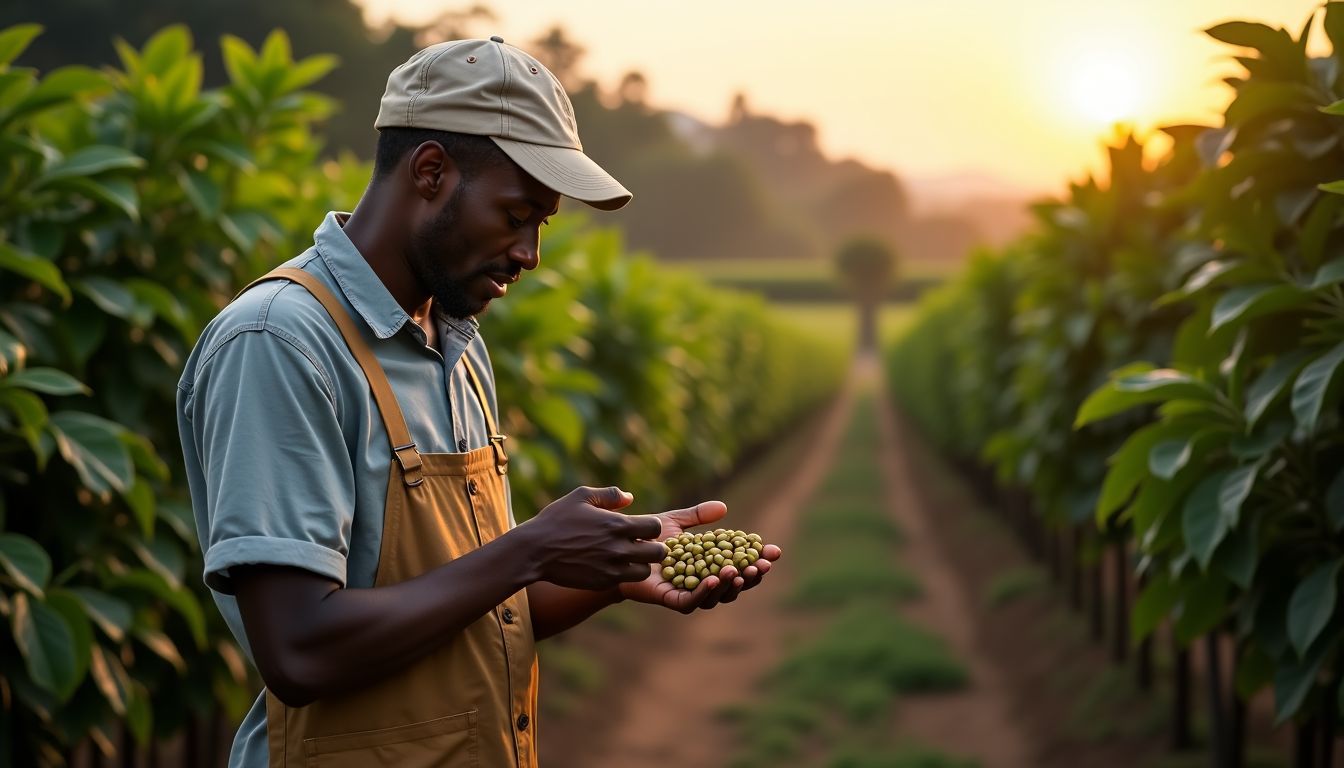
What Impact Does Origin Have on Coffee Flavour?
Origin shapes coffee’s taste. Beans from different places have unique flavours due to soil, climate, and growing methods.
Exploring Regional Taste Differences
Coffee flavours vary depending on the origin of the beans. Ethiopian coffee presents bright, citrusy notes. Kenyan brews offer berry-like tastes with high acidity. Rwandan cups bring deep, fruity flavours.
Brazilian coffee provides sweet, nutty, and chocolatey sips with low acidity. Many espresso blends use Brazilian beans for this reason. These taste differences result from each area’s unique soil, climate, and growing methods.
You can identify these regional traits in your daily cup. Compare coffees from different countries side by side. You’ll observe how Ethiopian beans might taste lemony, while Brazilian ones are more like nuts.
This variety makes coffee tasting enjoyable and allows you to experience the world through your mug.
Terroir and Its Influence
Terroir shapes coffee’s unique flavour profile. It includes soil, climate, and altitude where beans grow. African coffees often have bright acidity and complex tastes. Central and South American beans offer balanced notes.
Hawaiian coffee, grown in volcanic soil, gives hints of brown sugar and milk chocolate. Your cup’s taste tells a story of its origin.
You’ll notice terroir’s impact in every sip. The environment affects how beans develop their flavours. Rainfall, temperature, and growing practices all play a role. These factors create distinct regional tastes.
As you try different origins, you’ll observe how terroir influences your coffee experience.

How to Describe Coffee Like a Professional?
You can sound like a pro when you talk about coffee. Learn key words and make taste profiles to share what’s in your cup.
Tasting Vocabulary
Coffee tasting needs a special set of words. These words help you spot and talk about different flavours in your cup. You’ll use terms like “fruity”, “nutty”, or “floral” to describe what you taste.
Learning these words helps you understand what you like in coffee.
A good tasting vocab includes words for taste, smell, and feel. For taste, you might say “sweet” or “bitter”. Smells could be “chocolatey” or “earthy”. The feel in your mouth might be “full” or “light”.
Using these words makes it easier to share what you find in each sip.
Creating Flavour Profiles
Creating flavour profiles helps you describe coffee like a pro. You’ll need to taste many coffees and note their unique traits. Start by identifying broad categories: fruity, nutty, or floral.
Then, get more specific. For example, a Brazilian coffee might taste of nuts and chocolate. An Ethiopian coffee could have hints of blueberry and lemon.
Use clear, simple words to describe what you taste. Say “It’s sweet like honey” instead of just “sweet”. Compare flavours to common foods or smells. This makes your descriptions easy to understand.
With practice, you’ll build a rich vocabulary for coffee tasting. Your flavour profiles will help others find coffees they’ll love.
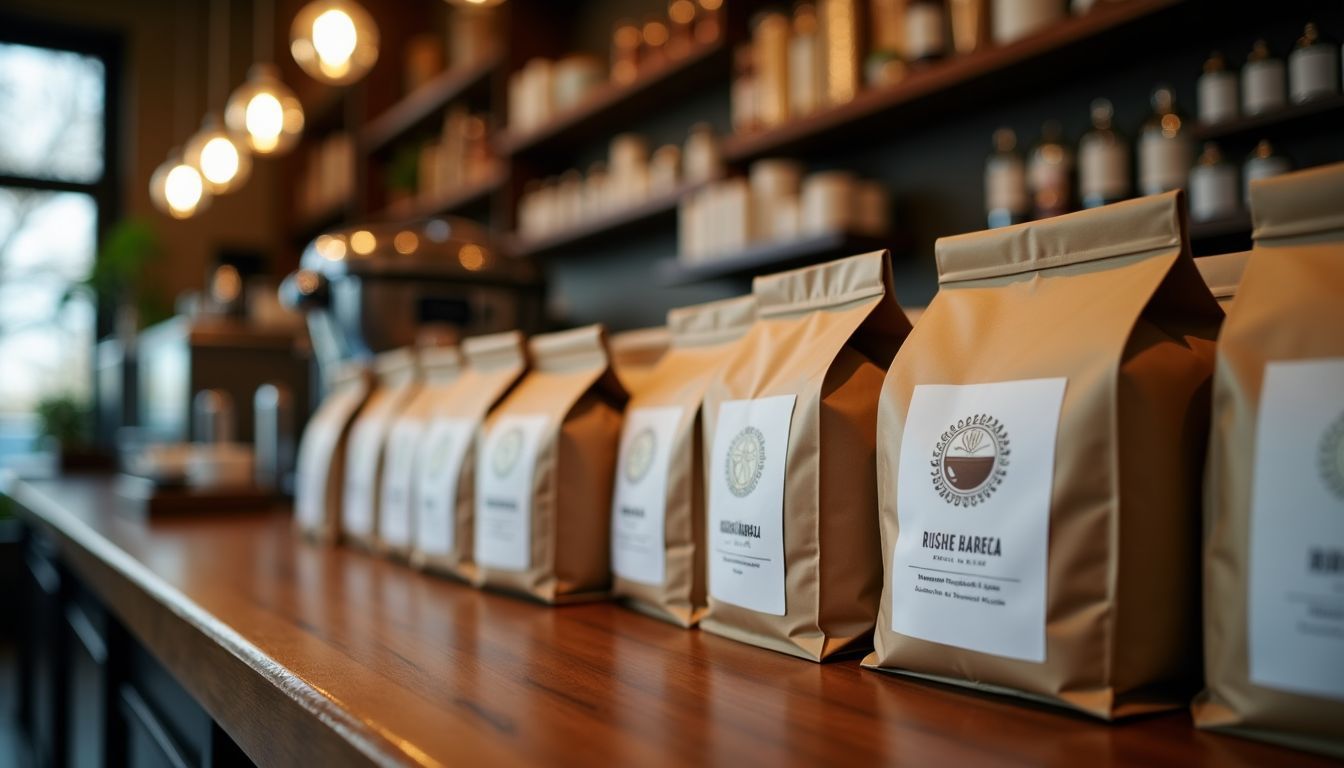
What Are Some Common Tasting Notes in Popular Coffee Varieties?
Coffee varieties present an array of flavours. Arabica and Robusta beans possess unique taste characteristics.
Arabica vs. Robusta
Arabica and Robusta beans have distinct flavours and growing conditions. Arabica thrives at altitudes between 3,000 and 6,000 feet, resulting in refined tastes. Its beans are oval, flat, and oily.
Robusta is hardier and less expensive but lacks the same flavour profile. It produces more cherries and is more economical to cultivate.
You’ll likely appreciate Arabica’s smoother taste in your coffee. It contains less caffeine compared to Robusta. Robusta offers a bold, bitter flavour. Many coffee blends combine both varieties to achieve a balanced taste.
Your ideal coffee depends on your personal preferences.
Single Origin Examples
Single origin coffees present unique flavours from specific regions. Ethiopian beans offer zesty citrus and bright floral notes with hints of watermelon. Kenyan coffee has complex berry flavours and wine-like acidity.
Rwandan brews deliver deep fruit tastes and a syrupy feel. Brazilian beans bring low acidity, sweet nutty tones, and chocolate hints. Peruvian coffee is known for its light body and mild acidity.
You’ll notice the difference in these distinct profiles. Each origin imparts special traits to the cup. The soil, climate, and growing methods shape the beans’ taste. Sample various single origins to experience the rich variety of coffee flavours.
How Can You Enhance Your Coffee Tasting Experience?
You can improve your coffee tasting skills with proper brewing methods. Use clean tools and fresh beans for the best flavour.
Proper Brewing Techniques
Brew your coffee right for the best taste. Use fresh, clean water at 93-96°C. Grind beans just before brewing. For filter coffee, aim for a 1:16 ratio of coffee to water. Espresso needs a finer grind and higher pressure.
Try different methods like French press or AeroPress to find your favourite.
Cupping helps you taste coffee’s true flavours. Skip milk and sugar. Slurp the coffee to spread it across your tongue. Use a flavour wheel to spot notes like nuts, fruit, or spices.
Practice with both espresso and filter coffee to train your palate.
Tasting Environment Considerations
Your coffee tasting spot matters. Pick a quiet place with good light. Avoid strong smells that can mess up your nose. Use white cups to see the coffee’s true colour. Keep the room temp normal – not too hot or cold.
This helps you focus on the coffee’s taste and smell.
Set up your tasting area with care. Have clean spoons, water, and a spit cup ready. Use a flavour wheel as a guide. Take notes on paper or a tablet. Taste with others if you can – it’s fun to share what you find.
But don’t chat too much during tasting. It can distract you from the coffee’s flavours.
Conclusion
Coffee tasting introduces you to a variety of flavours. You can identify fruity, nutty, or spicy notes in your cup. Regular practice helps you discern subtle tastes. Sample different beans and roasts to refine your palate.
Utilise a flavour wheel to describe what you taste. Compare two coffees simultaneously to notice differences. Savour the experience of discovering new coffee flavours.
FAQs
1. What are coffee tasting notes?
Coffee tasting notes are words that describe the flavour of coffee. They help us understand what we’re tasting. Roasters and baristas use them to explain the taste of different coffees.
2. How do I read a coffee flavor wheel?
A coffee flavor wheel is a guide to coffee tasting. It shows common flavour notes in coffee. Start from the center and move out. It helps you find words for what you taste in your cup.
3. Can coffee really taste like fruit?
Yes! Coffee can have fruit notes. This comes from natural flavour elements in coffee beans. You might taste hints of cherry, grape, or even strawberry in some coffees. It’s not added – it’s just how the coffee tastes.
4. What’s the difference between specialty and regular coffee?
Specialty coffee is high-quality coffee. It’s grown and roasted with extra care. Regular coffee is more common. Specialty coffee often has more complex flavours and tasting notes.
5. How do I learn to taste coffee like a pro?
To become skilled at tasting, try different coffees. Pay attention to what you taste. Use a flavor wheel as a guide. Practice describing the flavours. Coffee cupping can help you learn more.
6. Why do some coffees taste nutty or chocolatey?
Coffee can taste nutty or like dark chocolate due to its natural compounds. These flavours come from how the coffee is grown and roasted. They’re not added – they’re part of the coffee’s natural taste.
